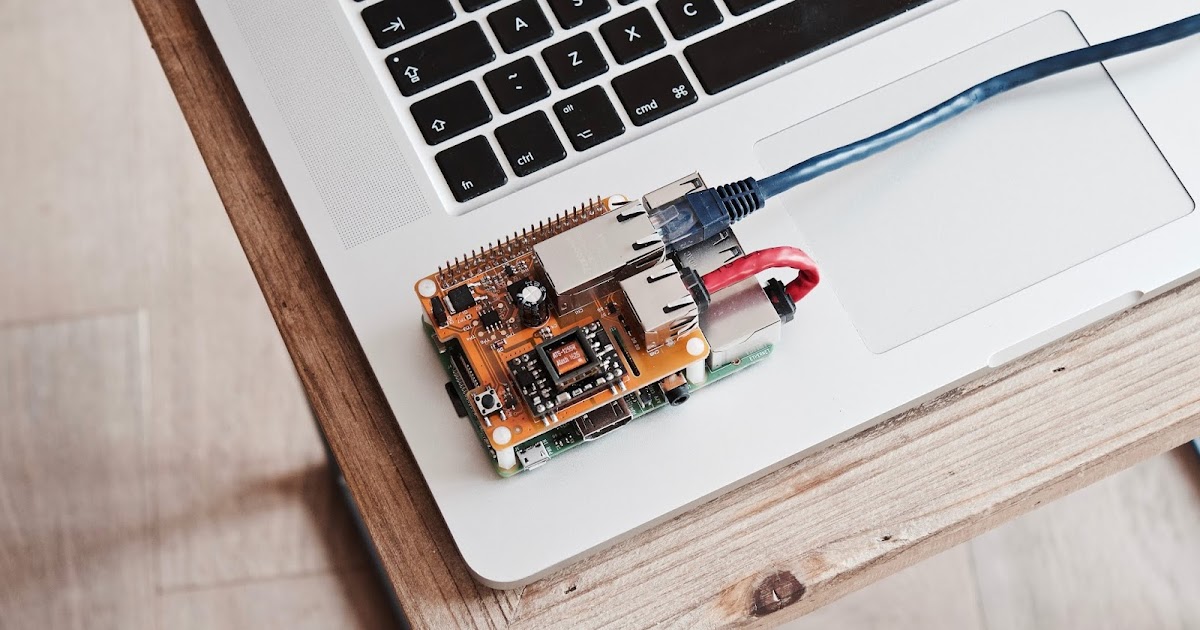
Is often necessary to make some of the elements in an external graphics package to be There are several standard graphics sets distributed with JMRI, but it Or anything else you find useful to control your railroad you have total flexibility The state of the track and signals, or they might be prototypical signaling and dispatcher Like, with overlaps in area or functionality if required. You can have as many Panels as you like, covering as much or as little of your railway as you Panel Editor let you build purely graphical (image based) Panels. Interface, showing a range of switch keys to watch and control items.Īll Panel Editors use the same information about your layout stored in JMRI but each The Switchboard Editor is a graphic, straightforward control.This constrains how the panel appearsĪ little, but it can save significant time when first bringing your layout up. Layout while constructing the logic for signals, etc. The Layout Editor provides tools to make a smart schematic of your.The Control Panel Editor works like Panel Editor but provides an.You want it, and then animate parts of it to show the status of your layout and let you The Panel Editor lets you graphically draw a Panel exactly the way.

PanelPro provides four separate ways to create Panels: Some tools, such as Operations, have an option to add additional items to the main Or minimized window, or make it the top window on the display.

Window The Window menu lists all of the open JMRI windows. There can be multiple connection specific menus. For details on scripting, see Scripting Connections Depending on the defined connections, there might be a menu that has connection The Scripting menu has items for creating, Show a panel that has been hidden or minimized. Panels The Panels menu has items for creating and deleting panels. The other entries provide directĪccess to the indicated functions. Roster The Roster entry opens the DecoderPro roster window. For an overview of the PanelPro tools, see Most of the PanelPro features are included in the Tools menu items and sub-menus. Depending on the the OSĪnd display preferences, there is a menu entry for JMRI Preferences. The Edit menu contains the standard Cut/Copy/Paste menu items. There are also options for printing decoder The PanelPro tables and panels are stored in a XML data file. The PanelPro main menu provides access to the PanelPro components.
Layouteditor pi how to#
This page introduces the application, and how to use The JMRI libraries contain the PanelPro application for creating panels to control orįollow your (virtual) model railroad. The menu referencesīelow are for the new menu structure with the old menu paths in braces. See Loading and Storing Your Work for details. Note: The PanelPro main menu is being changed. JMRI Setup and Installation JMRI environments. CTC Tools Supported hardware JMRI supports a wide range of devices, DCC systems, command stations, networks, and protocols.Layout Automation Use JMRI to automate parts of your layout and operations:

Tools JMRI tools for working with your layout: If not, then try again with different options.Applications By the community of : If you have chosen the right options, you should see the correct characters as you type. To complete the keyboard configuration, you need to reboot by typing: sudo reboot Use the right cursor key to select Finish, and press return to go back to the terminal window. You will be returned to the main configuration menu. At this stage it is best to choose the default for the keyboard layout:Īnd unless you need a compose key, set 'no Compose key':Īnd finally you should choose NOT to terminate the X server (GUI) if you press Control-Alt-Backspace, as it's annoying to accidentally close the GUI when you are in the middle of using it! Then the key to be used as the AltGr key (used by some keyboards to enter alternative characters. Then choose the country of origin of the keyboard: If the language is not the one you have, choose 'Other': On the next page you will be presented with the language choices for the current keyboard. Unless you have one of the keyboards in the list shown on the next screen, choose one of the Generic keyboards:

On the next screen, choose 'Change Keyboard Options': Move down to and select Internationalisation Options: Therefore, you either have to ignore what is printed on the keyboard and remember that what you type is not what you see, or you can change the keyboard layout of the Raspberry Pi to match the keyboard.įor this, you need to open a terminal window and run the Raspberry Pi configuration tool with this command: sudo raspi-config Often they are US layout (with the # above the 3 instead of the £). Many of the wireless keyboards available from eBay or other outlets have a different layout from the default Raspberry Pi.


 0 kommentar(er)
0 kommentar(er)
